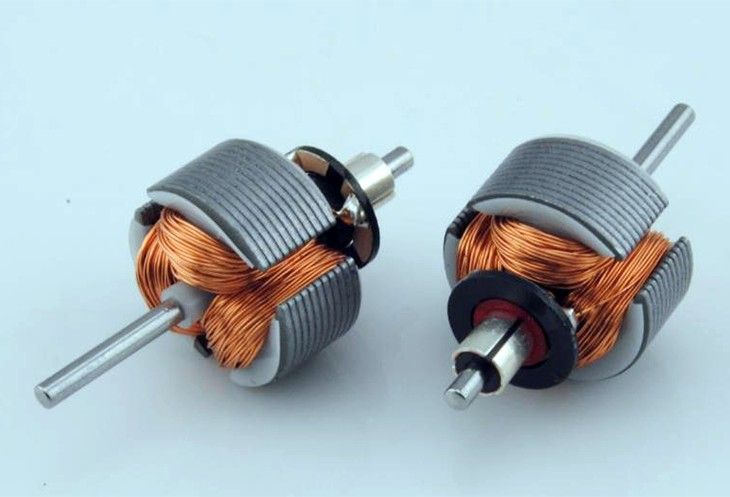I roto i nga taputapu hiko whakarei-haumaru, penei i nga motika pahū, whakahurihuri, waea hiko, me nga peera mo nga rama rama, kei roto i tetahi waahanga nga awhiowhio o roto. Nga whakaritenga mo enei awhiowhio, ma te miihini me te hiko, he teitei ake i era mo nga awhiowhio paerewa.

Ko te tikanga, ko te waea kiriweti e whakamahia ana mo te awhiowhio i enei porowhita kia rua-ara, me te diameter whakatauhia o te coil kia kaua e iti iho i te 0.25mm.
Mo te waea enameled e whakamahia ana i roto i te awhiowhio enei coils, e taunaki ana kia whakamahia te GB/T6109.2-2008 “Waea Waea Porowhita Porowhita Polyester, akomanga 155,” GB/T 6109.5-2008 “Waea Waea Porowhita Porowhita-Imide, akomanga 180,” GB/T 6109.6-2008 “Waea Waea Porowhita Porowhita Polyimide, akomanga 220,” GB/T6109.20-2008 ranei “Polyamide-imide Composite Polyester or Polyester-imide Enameled Round Copper Waea, Karaehe 220.”
I tua atu, Kōeke 1 Ka taea te whakamahi i te waea parahi porowhita kua tohua ki enei paerewa, mena ka paahitia e ia nga whakamatautau e tika ana i tuhia i roto i nga paerewa.
I muri awhiowhio, me whakamahi he kaihoko whakamau e tika ana hei whakarei ake i nga ahuatanga whakamaarama o nga awhiowhio.
Ko te tukanga impregnation me whai i nga tikanga kua tohua e te kaiwhakanao, te whakamahi i nga tikanga penei i te ruku, whakahekeheke, impregnation pehanga korehau ranei (VPI) ki te whakakii i nga waahi i waenga i nga waea awhiowhio me te whakarite kia kaha te piri. Mēnā he whakarewa kei roto i te māngai whakawhānau, kia rua nga mahi whakaeinga me te whakamaroke kia whakaetonga te whakarewa.
Ko te tikanga, Ko nga tikanga penei i te rehu, i te paninga ranei mo nga awhiowhio whakamaarama ka kiia he kore pono taputapu hiko pahū-kore. Me aro nui ki tenei i roto i nga mahi miihini.
I tua atu, mo nga awhi ngaohiko teitei, Ko nga awhiowhio kua whakapourihia me peia ki te peita anti-corona hei aukati i etahi atu morearea ka puta mai i nga rerenga o te korona..
I roto i nga taputapu hiko whakarei-haumaru, ahakoa motika, pōkai hiko, etahi atu taputapu ranei nga porotaka, kia rite rawa ki a ratou pāmahana nga taputapu whakamarumaru hei aukati i te nui ake o nga pāmahana tepe i raro i te mahi noa, i nga ahuatanga rereke ranei e mohiotia ana.
Ki te kore te awhiowhio e neke ake i te paemahana tepe i raro i te taumahatanga tonu (penei i te raka rotor motuka), ki te kore ranei te awhiowhio e pa ki te taumahatanga (ano he peera mo nga rama rama), ka kore e hiahiatia he taputapu whakamarumaru pāmahana.
Ina whakauruhia nga taputapu hiko whakarei-haumaru ki nga taputapu whakamarumaru pāmahana, ka taea enei te whakauru ki roto, ki waho ranei. Ahakoa, kia tika te taputapu tiaki momo pahū a me aromatawai tahi me nga taputapu tiaki.
 Shenhai Explosion-Proof
Shenhai Explosion-Proof
